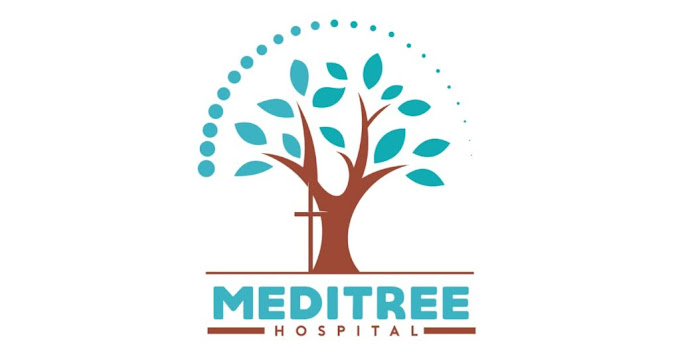Child delivery, also known as childbirth or labor, is the process by which a baby is born. It involves a series of stages through which the baby is delivered from the mother’s womb into the world. Childbirth can occur in various settings, such as a hospital, birthing center, or at home, and may involve different methods of delivery depending on the health and preferences of the mother and the baby. Here’s a general overview of the process:
1. Stages of Labor:
Childbirth is typically divided into three main stages:
First Stage: Labor
- Early Labor (Latent Phase): This is the initial part of labor when the cervix begins to dilate (open) and efface (thin out). Contractions may start mild and infrequent, often lasting for several hours or even days in some cases.
- Active Labor: Contractions become stronger, longer, and more frequent. The cervix dilates more rapidly, typically from about 4 cm to 10 cm. This phase usually lasts for a few hours. The mother may request pain relief, such as an epidural or other medications.
- Transition: This is the most intense part of labor, where the cervix dilates from about 8 cm to 10 cm. Contractions are very strong and frequent, and the mother may experience intense pressure in the pelvis and rectum.
Second Stage: Delivery of the Baby
- This stage begins once the cervix is fully dilated to 10 cm. The mother feels the urge to push as the baby’s head moves down the birth canal. With each contraction, the mother pushes, helping to move the baby further down.
- The baby’s head is often the first part to emerge, followed by the rest of the body. In some cases, an episiotomy (a small cut) may be made to help the baby’s head pass through.
- The second stage typically lasts anywhere from a few minutes to a few hours.
Third Stage: Delivery of the Placenta
- After the baby is born, the uterus continues to contract to help deliver the placenta, which is the organ that provided nourishment to the baby during pregnancy. This stage usually takes about 5 to 30 minutes.
2. Methods of Delivery:
Vaginal Delivery:
- Normal (Natural) Vaginal Birth: Most babies are delivered vaginally, and this is considered the natural method of childbirth.
- Assisted Vaginal Birth: In some cases, medical interventions may be needed, such as the use of forceps or a vacuum extractor to assist with the delivery.
Cesarean Section (C-Section):
- A cesarean section is a surgical procedure in which the baby is delivered through an incision made in the mother’s abdomen and uterus. This may be necessary if the baby is in distress, if there are complications during labor, or if the baby is in a breech position.
Water Birth:
- Some women choose to labor or deliver in a warm water tub, believing it helps with pain relief and relaxation. Water births are usually only recommended for low-risk pregnancies and are typically performed under the supervision of trained professionals.
3. Pain Relief and Medications:
Pain management during labor varies depending on the mother’s preferences and the circumstances of the delivery. Common options include:
- Epidural anesthesia: A type of regional anesthesia that numbs the lower half of the body.
- Spinal block: Similar to an epidural, but with a quicker onset.
- Medications (Analgesics): These can help relieve pain but are not as strong as an epidural.
- Natural pain relief: Techniques such as breathing exercises, relaxation, massage, or water immersion may be used by some mothers who prefer not to use medications.
4. Postpartum Care:
After delivery, the mother and baby receive immediate care to ensure their health. The baby is typically assessed for vital signs, and the mother is monitored for signs of complications like bleeding or infection. Skin-to-skin contact is encouraged to promote bonding and breastfeeding.
The recovery process varies for each woman, depending on factors such as the type of delivery, whether there were any complications, and individual health. Postpartum care typically includes monitoring for signs of infection, helping with breastfeeding, and addressing any physical or emotional challenges.
5. Complications:
While childbirth is generally a safe process, complications can occur, such as:
- Pre-eclampsia: High blood pressure during pregnancy that can lead to serious complications.
- Breech Presentation: When the baby is positioned feet-first or buttocks-first, which may require a C-section.
- Shoulder Dystocia: A situation where the baby’s shoulder gets stuck during delivery, which may require intervention.
- Hemorrhage: Excessive bleeding during or after delivery.
Medical staff closely monitor both mother and baby throughout labor to manage any potential complications effectively.
Childbirth is a profound and sometimes unpredictable experience, and every labor and delivery is unique. With proper preparation, medical support, and emotional support, the process can be a safe and positive experience for both the mother and the baby.
